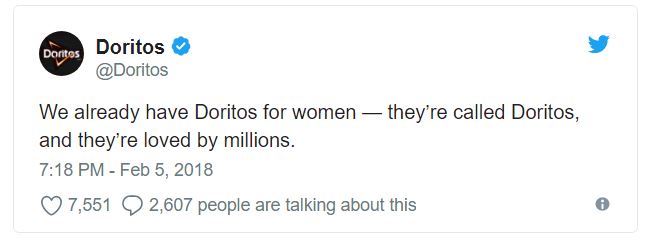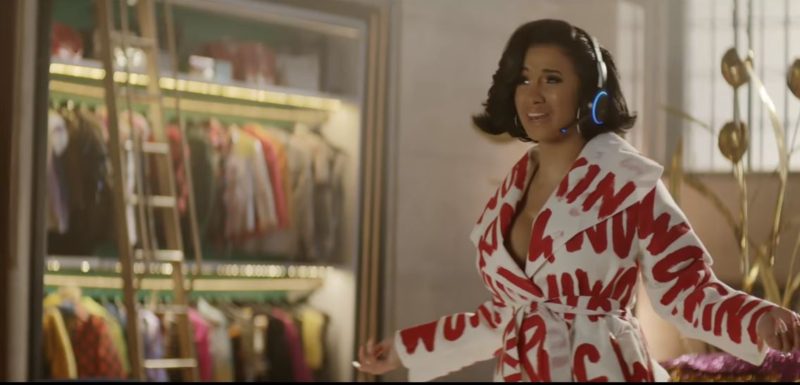Sales and marketing have many reasons why they might not work together well, but one is that they start with a fundamentally different view of the business universe.
Sales people sell to individuals and small buying teams. They are always trying to understand their customer, their particular needs, and how that person can be motivated to buy from them.
Marketers, on the other hand, typically start with personas: a fictional composite of the customer based on research. Sometimes these have names like Marketing Mary and Finance Frank. These personas and market segments drive marketing messaging and targeting.
As more sophisticated companies add more and more data to their customer records, they will create deeper profiles of individual customers. Like the recommendations on Amazon, they will become increasingly personalized. But no matter how much data they use, the customer record will never have the nuanced personal knowledge that a salesperson can.
On the other hand the salesperson will never the breadth of knowledge that is in the customer record. They certainly won’t remember every piece of content that the customer looked at, and every interaction that they’ve had with the company.
Both sales and marketing have great, but incomplete knowledge. The magic happens when they respect one another and begin true collaboration.

 Valentine’s Day rituals have evolved over centuries but a major commercial disruption happened in 1849 in Worcester, Massachusetts.
Valentine’s Day rituals have evolved over centuries but a major commercial disruption happened in 1849 in Worcester, Massachusetts.
